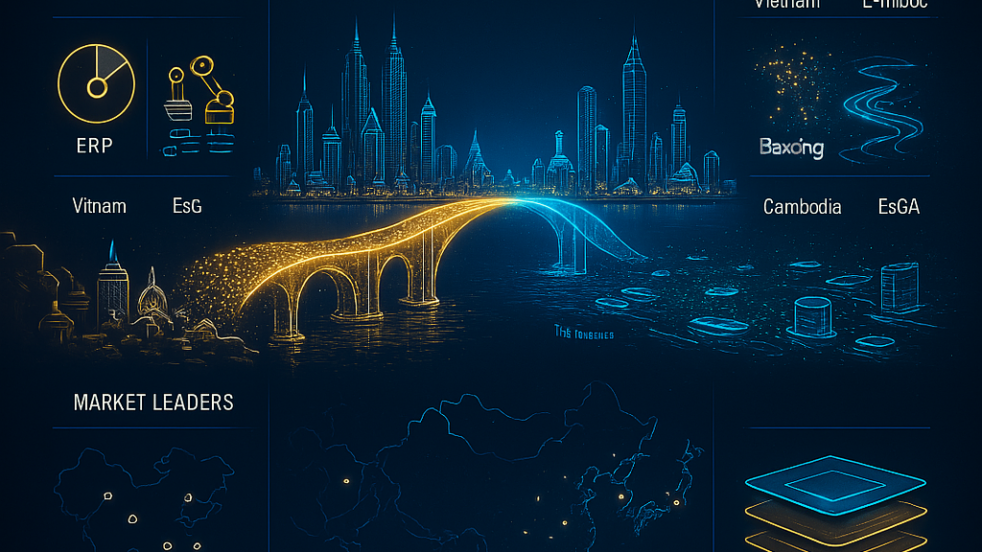
The payments space in APAC is undergoing a quiet revolution. While consumer payments have grabbed most of the headlines over the past decade, an even larger opportunity is emerging in the background: the digitization of over $50T in B2B payment flows across the region.
As someone keen to keep learning about evolving payment trends, I’ve been exploring this space more deeply—and it’s clear that the transformation of enterprise payments in APAC could unlock massive value.
What’s Driving the Shift?
Here are three drivers I found particularly compelling:
🔹 Regulatory Momentum Progressive policy moves are laying the foundation for digital B2B payment ecosystems:
- India: UPI infrastructure now processing over $8T in annual B2B flows
- Singapore: Project Orchid advancing CBDC use cases for cross-border trade
- Australia: Nationwide e-invoicing mandates projected to digitize $130B+ in transactions
🔹 Enterprise Demand for Efficiency Businesses across APAC are actively looking to improve payment processes:
- 78% of CFOs cite payment automation as a top priority (McKinsey, 2023)
- Commercial card penetration is still <10% in most markets
- Estimated $4–6T in card-addressable B2B flows remains untapped
🔹 Emerging Market Momentum Smaller markets are moving quickly and creatively:
- Vietnam: SME sector growing at 15% CAGR with over 500K businesses adopting digital payments
- Philippines: 50M+ real-time transactions monthly via InstaPay
- Cambodia: Bakong system facilitating $10B+ in digital transactions annually
Strategic Market Opportunities
Some markets are already shaping up as strong contenders for B2B payment innovation:

What Might Implementation Look Like?
For anyone trying to understand how this opportunity could be unlocked, here are a few themes worth tracking:
✅ Solution-Centric Design
- Embed payments into ERP and supply chain platforms
- Automate reconciliation and reduce manual processes
- Integrate liquidity management features alongside payments
✅ Regulatory Alignment
- Partner with central banks on infrastructure initiatives
- Align solutions with national priorities (e.g., India’s MSME push)
- Test innovations in regulatory sandboxes
✅ Value-Added Services
- Embed working capital and credit tools into payment platforms
- Use data analytics to optimize cash flow and supplier payments
- Offer ESG-compliant tracking and reporting features
Final Thoughts: The providers that will lead this space won’t just process payments—they’ll build comprehensive financial operating systems for businesses, tailored to APAC’s unique challenges and opportunities.
I’m still learning and exploring this landscape, and I’d love to hear from others who are too. What are you seeing in the world of enterprise payments across APAC?
